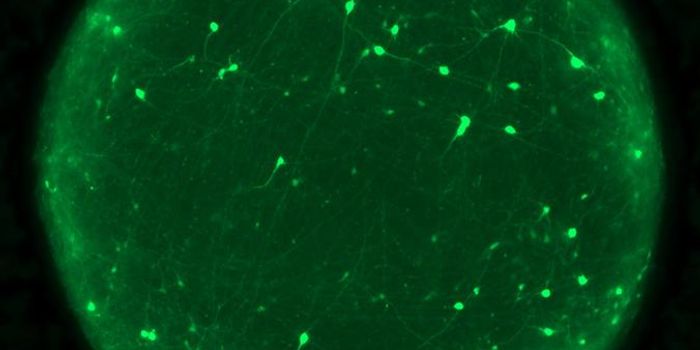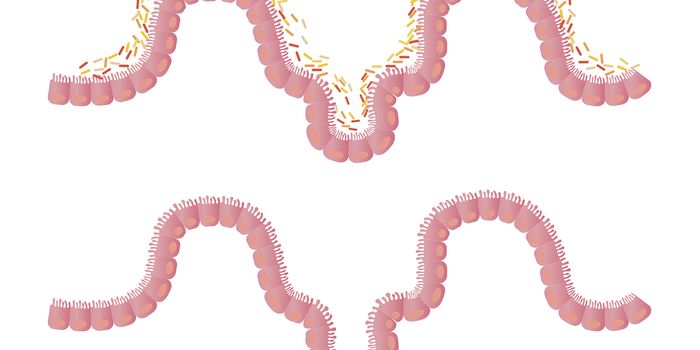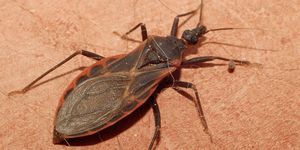Cancer Drug Indirectly Reduces Influenza Viral Load
Vaccines to prevent influenza infection have to change and adapt every year to the ever-evolving virus, and even current flu medications are becoming less effective as the virus learns to become resistant to specific antiviral attacks. However, there may be an easier approach to targeting flu viruses, by way of an indirect “back road” to take the virus by surprise.
From St. Jude Children’s Research Hospital, scientists from a new study investigated the interaction between flu infection and the changes in lung epithelial cell metabolism. Early on, researchers suspected that metabolism could be a new potential target for anti-flu development.
Lung epithelial cells are very commonly targeted by flu as a viral replication site, in part because these cells have access to glucose and glutamine, which viruses can use for producing more viruses. In their study, researchers found that flu viruses can alter cell metabolism to increase their dependence on glucose and glutamine. They compared metabolism rates in the lungs of 20 immunocompromised pediatric cancer patients with respiratory infections compared to lungs of patients without infections. As confirmed in PET scan results, there is indeed a significant increase in glucose metabolism in virally-infected lung epithelial cells.
Next, researchers tested nearly 80 molecules and drugs, all of which targeted cell metabolism in some way. With the connection between metabolic activity and flu infection clearly demonstrated, they were now interested in identifying the best candidate for targeting that connection.
"By focusing on changing how infected cells respond to the resulting metabolic stress rather than targeting a component of the virus itself, there is less risk that the virus will become resistant to the drugs," explained Paul Thomas, PhD, from St. Jude.
A cancer drug called BEZ235 was one of several drugs identified to block a flu-related metabolic pathway. BEZ235 proved capable of both reversing infection-induced metabolic changes as well as limited the production of new flu viruses. In a mice model of flu infection, BEZ235 reduced respiratory infection symptoms and improved overall mice survival.
"This approach works by reducing viral replication, which suggests there might be a treatment window that lasts several days in which drugs could be used to reduce the infection and risk of complications," Thomas said.
BEZ235 is currently being tested as a cancer drug, now in clinical trials for the treatment of solid tumors. The experimental drug works by inhibiting two metabolic pathways - PI3K and mTOR - thereby inhibiting “unchecked cell division” that is all-too associated with cancer growth.
Tumor cells are similar to virally-infected cells in that they are both metabolically active. In the study, researchers showed that flu infections are similarly associated with increased PI3K and mTOR pathway activity. So, because BEZ235 inhibits PI3K and mTOR activity, BEZ235 can reduce viral load similarly to how it prevents unchecked cell division to suppress cancer growth. Specifically, BEZ235 suppresses virally-infected cells, preventing from using glucose and glutamine to produce more flu viruses.
In addition to the challenge of developing relevant vaccines every year and preventing flu from becoming resistant to antiviral drugs, the problem with flu is also the serious complications that are especially common and dangerous for high-risk patients: young and old, obese, chronically ill, immunocompromised. Plus, flu isn’t the only respiratory virus with serious repercussions for these people. With that in mind, researchers from St. Jude plan on continuing their study of BEZ235 and similar drugs in the context of flu but also other troublesome respiratory viruses.
The present study was published in the journal Cell Reports.
-
MAY 07, 2024Is It Anti-RNP or Anti-Sm/RNP?
- See More
-
APR 30, 2024Immuno-Oncology Virtual Event Series 2024
-
MAY 07, 20243rd International Biosecurity Virtual Symposium
-
JUN 06, 2024The Future of Scientific Conferencing
- See More


















































